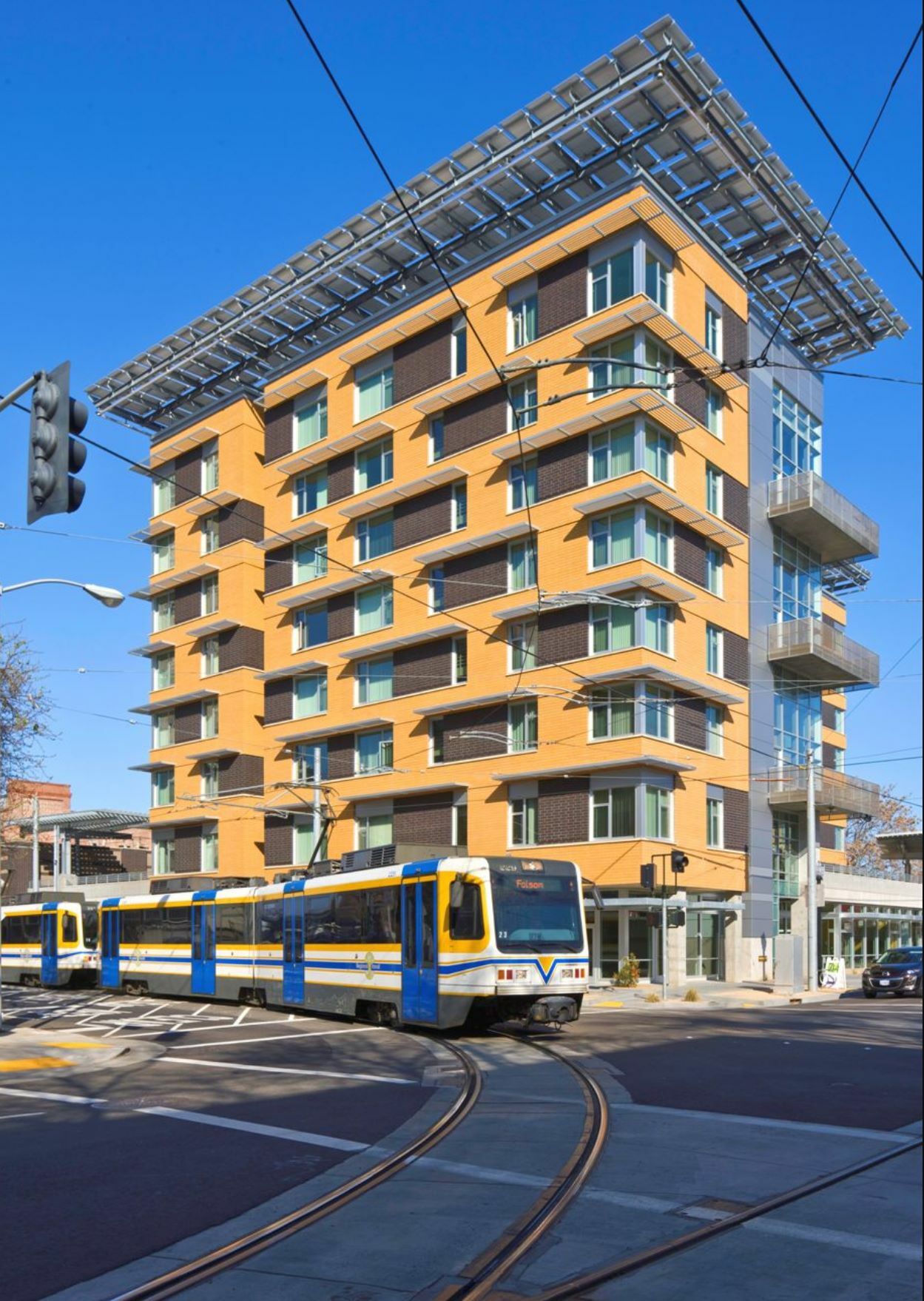Exploring the Impact of Transportation Networks on Real Estate Values
https://buymeacoffee.com/kaysogy/exploring-impact-transportation-networks-real-estate-values
 Transportation networks play a crucial role in shaping real estate markets. The presence and quality of these networks can significantly impact property values, affecting both residential and commercial real estate. Understanding the relationship between transportation infrastructure and real estate can provide valuable insights for investors, developers, and homeowners.
Transportation networks play a crucial role in shaping real estate markets. The presence and quality of these networks can significantly impact property values, affecting both residential and commercial real estate. Understanding the relationship between transportation infrastructure and real estate can provide valuable insights for investors, developers, and homeowners.
1. Proximity to Public Transit: Proximity to public transit options such as buses, trains, and subways often leads to higher property values. Properties located near public transit hubs are in high demand due to their convenience. Buyers and renters are willing to pay a premium for the ease of commuting to work, school, or other essential services. In cities with well-developed public transportation systems, this effect is particularly pronounced. For example, properties near subway stations in metropolitan areas like New York or London typically command higher prices than those farther away.
2. Highways and Major Roads: Highways and major roads also significantly determine real estate values. Properties with easy access to major highways are often more desirable, especially for those who commute by car. However, the impact can be double-edged. In comparison, proximity to highways can increase accessibility, properties too close to major roads may suffer from noise pollution and reduced air quality, potentially lowering their value. Balancing accessibility with environmental factors is key to understanding the true impact on real estate prices.
3. Airport Accessibility: For certain types of real estate, such as commercial properties and high-end residential developments, proximity to airports can be a significant advantage. Easy access to major airports is a critical factor for businesses that rely on international travel or shipping. Similarly, high-net-worth individuals who travel frequently may prefer homes close to major airports. However, as with highways, noise pollution from airport traffic can negatively impact nearby residential property values.
4. Walkability and Bikeability: In recent years, walkability and bikeability have become increasingly important in real estate markets. Neighborhoods with well-developed pedestrian and cycling infrastructure are highly sought after, especially among younger demographics and those prioritizing a healthier lifestyle. Walkable neighborhoods often feature a mix of residential, commercial, and recreational spaces, making them vibrant and desirable places to live. Properties in such areas tend to appreciate, reflecting the growing demand for sustainable living environments.
5. Future Transportation Projects: Investing in real estate near planned or ongoing transportation projects can be a lucrative strategy. Infrastructure developments such as new subway lines, bus routes, or highway expansions can lead to significant property value increases once completed. Savvy investors often keep an eye on government and municipal plans for future transportation projects, as early investment in these areas can yield substantial returns. However, it's essential to assess the potential impact of these projects on the local environment and community before making investment decisions.
6. Effect on Commercial Real Estate: Transportation networks are equally vital for commercial real estate. Businesses thrive in locations with good transportation links, enabling easy access for customers, employees, and suppliers. Retail properties, in particular, benefit from high foot traffic near transportation hubs. As a result, commercial real estate in well-connected areas typically enjoys higher rental yields and lower vacancy rates. The relationship between transportation and commercial real estate is a key consideration for investors looking to maximize returns.
7. Impact of Transportation on Suburban and Rural Areas: While transportation networks significantly impact urban real estate, their influence extends to suburban and rural areas as well. Improvements in transportation infrastructure, such as the expansion of commuter rail lines or highways, can make suburban and rural properties more accessible, driving up demand and property values. As remote work becomes more prevalent, the appeal of suburban and rural living increases, further enhancing the importance of transportation networks in these areas.
8. Government Policies and Infrastructure Investment: Government policies and infrastructure investments are critical in shaping transportation networks and, by extension, real estate markets. Public investment in transportation infrastructure can stimulate economic growth, attract businesses, and increase property values. Conversely, a lack of investment or poorly planned projects can hinder real estate development and lead to stagnation in property values. Understanding the relationship between government policies, infrastructure investment, and real estate is essential for making informed investment decisions.
9. Case Studies and Examples: Examining case studies and real-world examples can provide valuable insights into the impact of transportation networks on real estate values. Cities like San Francisco, Tokyo, and Paris offer excellent examples of how well-integrated transportation networks can drive real estate demand and property value appreciation. In contrast, areas with inadequate transportation infrastructure may struggle to attract investment, leading to slower growth and lower property values.
Conclusion: The relationship between transportation networks and real estate values is complex and multifaceted. Proximity to public transit, highways, airports, and walkable neighborhoods can significantly enhance property values, while noise pollution and environmental concerns may have the opposite effect. Future transportation projects present opportunities for savvy investors, and government policies play a crucial role in shaping these outcomes. Understanding these dynamics is essential for making informed decisions in the real estate market.
Comments
Post a Comment